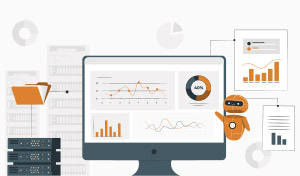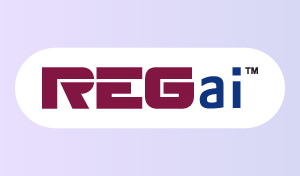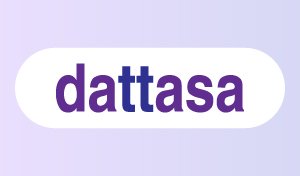Successful automation strategies require an understanding of processes and related data behavior, implementing fast changes using low-code and no-code technologies, and empowering workers to automate tasks. Some of our Core building blocks will enable this.
This powerful engine alone will solve most of your daily automation needs. It serves as the foundation for other solutions provided in the platform.
This allows REGaito handle moves, adds, changes, and deletes for multiple applications in one go - removing the need to re-enter the same information several times to provision phone numbers, voicemail, meeting applications, etc.
Cross-application workflow can dramatically reduce the time it takes your teams to carry out mundane tasks from minutes to seconds.
First, the integrated, object-basedREGai database lets you store any kind of information specific to your business function in a relational- and vendor-agnostic way. And then use them seamlessly with the REGai internal engine and smart templates to generate data-driven jobs and configurations. Simply create and modify services by updating the database and generate configs & jobs that you want provisioned to your network with just a single mouse click or API call.
Second, imagine you can simply retrieve state information from your systems and use it dynamically in your jobs. This is what 'command parsing' scenarios are all about. It lets you send show commands to your applications and parse the requested information. The results can either be stored in the REGai database or used in real-time as input for your data-driven jobs. It gets even better when you learn more about 'scenarios'.
This is what 'design modelling' is all about. It allows you to build your own automation design and service models that can generate standardized (blueprinted) services, jobs and configurations and robotize your changes.
Now you only need to ensure that these jobs get deployed without interfering with any existing service in your tools. This is done by using command parsing. Realtime state information is then validated at runtime to guarantee that existing services aren't overwritten.
Many businesses will not need this because they’ve standardized with one supplier. There will also be some businesses that have adopted a cloud-based productto run alongside.
These building blocks are extremely powerful and can be used standalone, but the true power lies in combining them. You can build any automation solution you want as the possibilities are endless.











